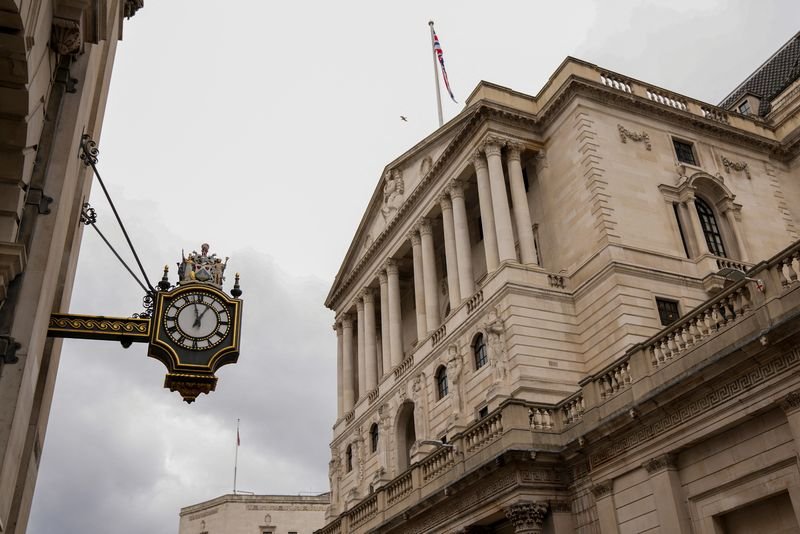Understanding the Recent Trends in UK Borrowing Costs
The Bank of England recently indicated that the rise in borrowing costs within the UK aligns closely with global market trends. This statement reflects a growing concern about the economic landscape both domestically and internationally.
Global Influences on Interest Rates
In today’s interconnected economy, shifts in borrowing costs often stem from international factors. The decisions made by major financial institutions, such as the Federal Reserve in the United States, have a direct impact on global interest rates. When these institutions increase their rates, it often leads to a domino effect, compelling other countries’ central banks, including the Bank of England, to follow suit to maintain economic stability.
Recent Changes in UK Borrowing Costs
The recent hikes in borrowing rates in the UK can largely be attributed to the ongoing inflation challenges. As inflation remains a pressing issue, the need for tighter monetary policy has become apparent. Higher borrowing costs are aimed at controlling spending and encouraging saving, which in turn can help stabilize prices.
The Bank of England has recognized this necessity and has steadily increased interest rates to confront inflation effectively. These adjustments serve not only as a measure to combat inflation but also as an essential tool in ensuring the long-term health of the British economy.
Impact on Consumers and Businesses
As borrowing costs rise, both consumers and businesses will feel the effects. For individuals, higher interest rates could lead to increased payments on mortgages and loans. Homebuyers might find themselves facing steeper monthly payments, potentially forcing them to reconsider their budgets or delay purchasing homes.
Similarly, businesses that rely on loans for expansion may also experience financial strain. Increased borrowing costs can lead to higher operational expenses, impacting profitability and growth prospects. Small businesses, in particular, may struggle with rising costs as they often operate on tighter margins.
Responding to Rising Costs
In light of the increasing borrowing costs, consumers and businesses are encouraged to strategize their finances. For individuals, it may be advantageous to lock in fixed-rate mortgages to avoid further fluctuations. Exploring different financial products and comparing rates can also help in finding a more suitable option.
For businesses, revisiting their budgets and financial plans is crucial. This might entail adjusting forecasts and considering alternative funding sources. By understanding the implications of rising borrowing costs, companies can better navigate the economic landscape.
The Role of Economic Indicators
Monitoring economic indicators can provide valuable insight into potential future movements in borrowing costs. Metrics such as inflation rates, employment figures, and GDP growth are essential in predicting how central banks might adjust their policies.
These indicators influence investor confidence and spending behaviors, ultimately impacting the overall economic environment. Keeping an eye on these trends can be beneficial for both consumers and businesses looking to make informed financial decisions.
The Future of Borrowing Costs in the UK
As the economic situation evolves, it will be critical to watch how borrowing costs in the UK continue to adjust. The Bank of England will likely respond to new data and global economic changes, which could lead to further increases or potential stabilization of rates in the future.
In the meantime, preparing for these fluctuations is essential. Understanding personal and business finances and being proactive in making adjustments can help mitigate the effects of rising borrowing costs.
Conclusion
The recent moves by the Bank of England to raise UK borrowing costs are driven by global trends and the pressing challenge of inflation. As consumers and businesses brace for these changes, they must evaluate their financial strategies to adapt effectively. By staying informed and understanding economic indicators, individuals and corporations can navigate this shifting landscape with greater confidence.
